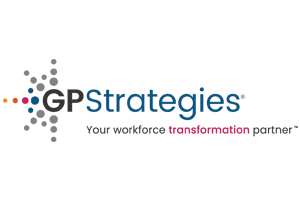Performance analysis is as old as labor itself, and with good reason – objective analysis of performance can support innovation on the job. Andrew Carnegie rotated the use of the machinery in his factory, closing down sections at a time for routine maintenance. At the time, this practice was virtually unheard of, with most factories running their equipment day and night until it needed to be replaced. Now, service companies engage in preventative maintenance on a regular basis to extend the life expectancy of company equipment. You can apply this performance maintenance process to analyze abilities and project outcomes by combining gap analysis with feedback analysis and involving training and development (T&D) in the process.
Gap analysis helps identify the gap between where a team aims to be over time and where the team will end up if it does not make any changes to its current strategy. The gap is the amount of change needed to achieve the aim. Outlined by Peter F. Drucker in his Harvard Business Review article “Managing Oneself,” feedback analysis is often used by an individual to measure his or her performance, as opposed to the team’s performance. Feedback analysis has three steps:
- Make a key decision on the course of the program or project.
- Write down what you expect will happen.
- Nine to 12 months later, compare the actual results with your expectation.
Unlike 360-degree assessments, feedback analysis, in its purest form, can be a personal assessment without performance reviews tied to the results. If an employee kept a journal of their expectations regarding any project they were assigned to and honestly compared those expectations with the achievements of the project, they would have a model for developing their capabilities.
While efficiency may have been the goal for Carnegie, modern performance maintenance has to have effectiveness as its goal. A server room can’t run if the cooling system isn’t effective. Regular maintenance of the cooling system keeps the unit effectively running, thereby cooling the servers. When the cooling system can no longer effectively work without significant repairs, replacing the system is necessary – whether or not it is deemed an efficient use of the budget. Similarly, a team can’t bridge a gap in a project if each member is hung up on the minutiae without being able to tie those small details to the project outcome. Nor can the team bridge the gap if its overall focus is efficiency at the cost of team input.
The biggest hurdle for engaging in performance maintenance is that combining gap analysis and feedback analysis takes time. In today’s hyper-fast-paced world, where metrics are measured hourly (and, in many cases, minute by minute), the pain point with performance maintenance is patience. If you can overcome your own desire for immediate results, you can accomplish the following:
- As a team, put into action the steps needed to overcome the gap, which is also step 1 of feedback analysis.
- Each team member takes the time to record step 2, honestly assessing his or her expectations.
- Send feedback to the T&D team charged with compiling the gap and feedback analysis for the project.
- When the time for overcoming the gap has lapsed, T&D compiles quantitative results.
- T&D leads a roundtable discussion to guide the qualitative takeaways.
By using the T&D team to facilitate open sharing, you can foster dialogue and understanding among team members. The ultimate goal of performance maintenance is to bridge expectations and achievable potential over time.


